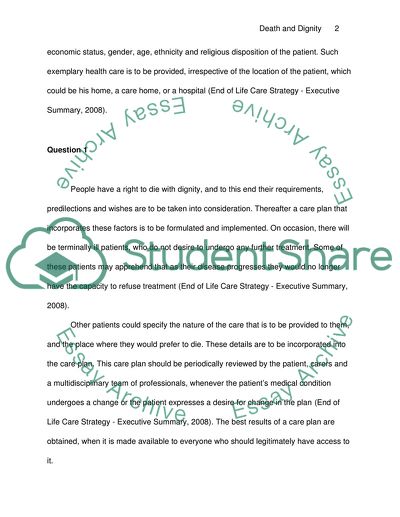Cite this document
(Death and Dignity Research Paper Example | Topics and Well Written Essays - 2750 words, n.d.)
Death and Dignity Research Paper Example | Topics and Well Written Essays - 2750 words. Retrieved from https://studentshare.org/health-sciences-medicine/1738347-death-and-dignity
Death and Dignity Research Paper Example | Topics and Well Written Essays - 2750 words. Retrieved from https://studentshare.org/health-sciences-medicine/1738347-death-and-dignity
(Death and Dignity Research Paper Example | Topics and Well Written Essays - 2750 Words)
Death and Dignity Research Paper Example | Topics and Well Written Essays - 2750 Words. https://studentshare.org/health-sciences-medicine/1738347-death-and-dignity.
Death and Dignity Research Paper Example | Topics and Well Written Essays - 2750 Words. https://studentshare.org/health-sciences-medicine/1738347-death-and-dignity.
“Death and Dignity Research Paper Example | Topics and Well Written Essays - 2750 Words”, n.d. https://studentshare.org/health-sciences-medicine/1738347-death-and-dignity.


